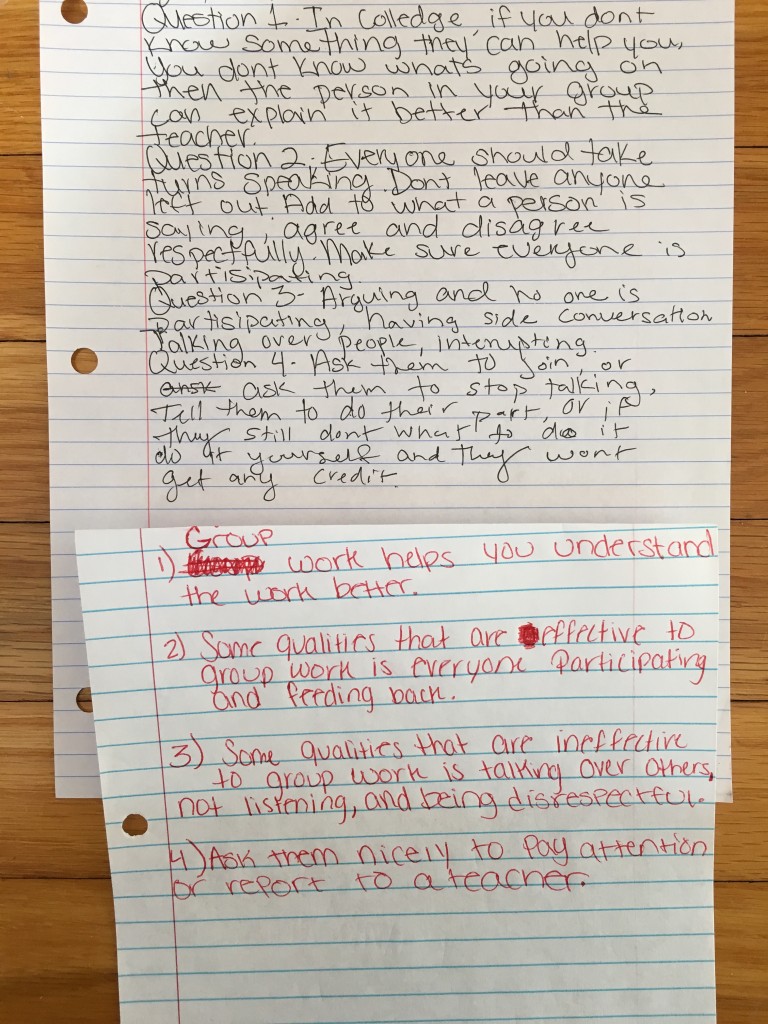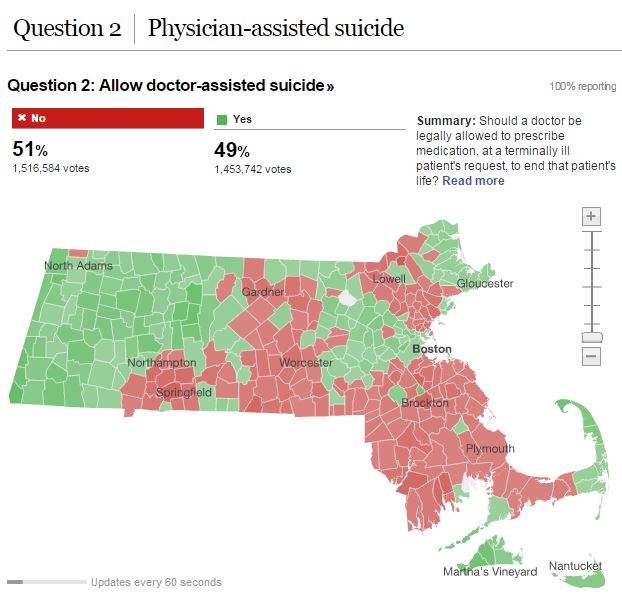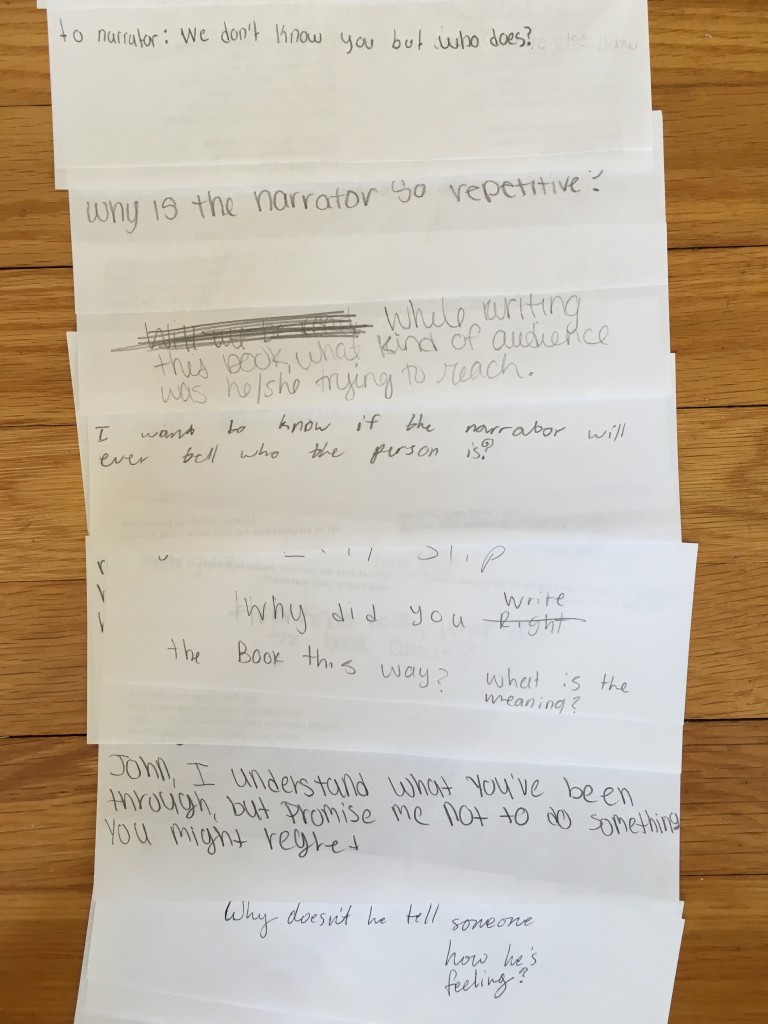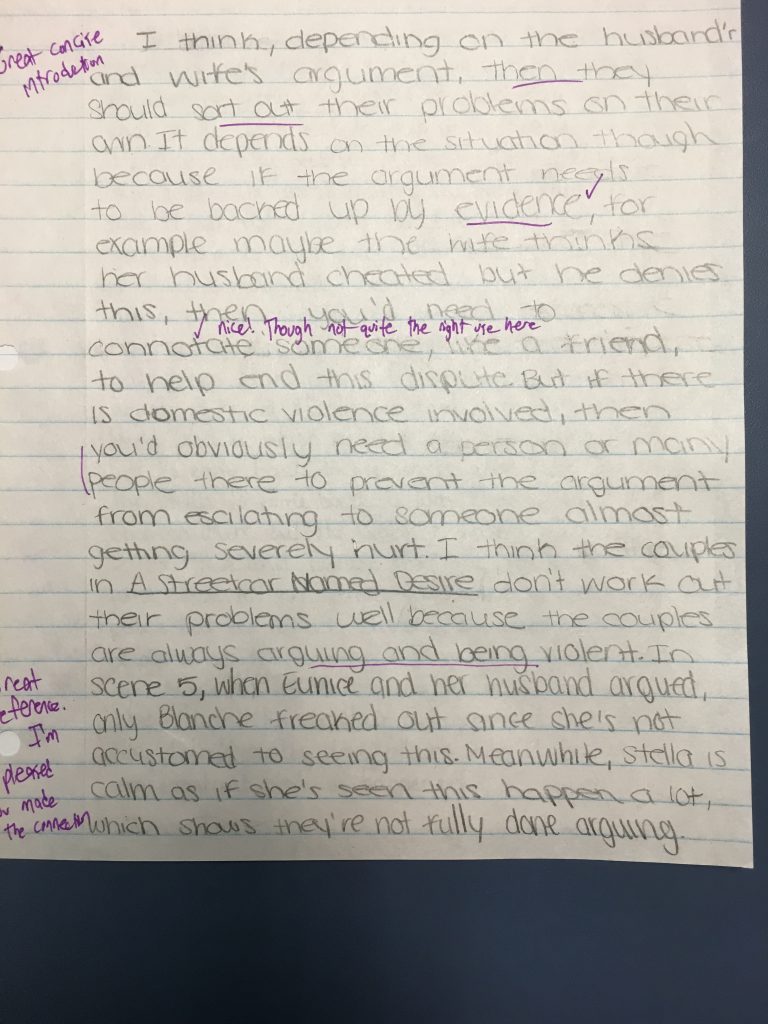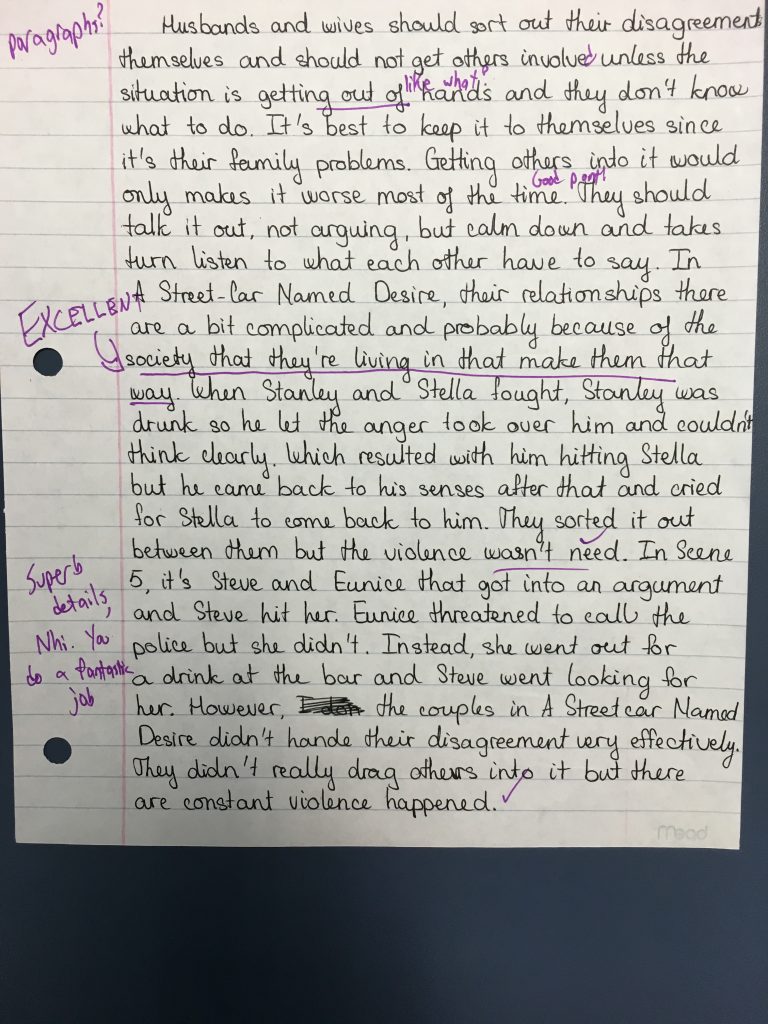Of Mice and Men
My unit in the ninth grade on Of Mice and Men demonstrated to me that the students were still very much in raw form when being part of a discussion. I had observed my students in their other core classes constantly talking over one another, and I wondered how I could get students to listen more carefully. I decided, as part of my learning goals, to make conversations very purposeful by scaffolding them and helping students recognize the components of good dialogue.
One successful tool that I used was having students engage in a lesson called “Group Work on Group Work.” They worked at tables of 3 or 4 students to actually brainstorm the makings of good group work and conversation. I set them up with some questions–“What does good group work look like? What does it sound like? What makes someone an effective/ineffective group member?”–and let them talk. The results were eye-opening and insightful.
Another way I got students talking was to open up conversation format. We held Socratic seminars (though, these were not as successful at the beginning; see my Philosophy and Growth section for an example of how we improved on these as a classroom community) and sat in dialogue circles. Students learned to better speak and respond to others, helping us reach our collective goal of building on each other’s comments.
Finally, I also had them, in their final assessment for the unit, create a portfolio of creative and academic writing. One component had to be a diary entry (with the goal to empathize with a character), one had to be a short research paper (drawing from “Friendship in an Age of Economics” and Aristotle), and one free choice. To meet more of the unit goals, students were required to present one of the pieces. This brought together academic-discourse writing, creative writing, speaking and listening skills. In the presentations, each student was assigned a “first responder” who commented on one thing the presenter said or did well. See one of the readings below, by a student who previously had been too nervous to present in class. He is reading a letter to Lennie from George: 100_0124
You Don’t Know Me
This was an exceptionally strong unit for both me and the freshmen. With our improved conversation styles, which were honed toward the end of the Of Mice and Men unit, and the increased emphasis on bringing together literature and life, we became closer as a classroom community. I also was able to see many of my students in a new light, since our unit assessment of the memoir helped me get to know students.
We began the unit with some “Speed Dating,” a discussion form I tinkered with in a creative writing class earlier in the year. (See the PDF: Speed Dating). We began the unit by talking to one another about “knowing” someone and what that meant. Students were asked to consider who they knew and if they felt as though they knew themselves.
Then, a few days each week, we close read passages of the text and had a discussion about them. We were very successful at monitoring discussion, and I often had students write exit slips with questions they had, which could used the next day in class.
In other sections of this eFolio, you can see the learning goals being met. For instance, see the Reflections page in this section for a couple case studies. Also check out the class website, Let Us See with 9C, for sample memoirs; be sure to look at the improvements from the first round of memoirs in October to the second round in February/March. I am so proud of the work the students did on their second memoirs.
A Streetcar Named Desire
Following a unit on The Kite Runner that took a bit longer than expected (9 weeks instead of 7), I wanted to put more emphasis on new reading styles. Streetcar was particularly conducive to this as a play. Please visit the Streetcar Portraits section to see some additional examples about the text itself.
One focus this unit was determined by the junior team of teachers, who wanted to give students more SAT practice. In order to still keep the focus on Streetcar, I gave students questions centered on the text in order to combine their writing and reading.
Students initially struggled during their first week of SAT writing, with several students not turning in anything at all. That said, with persistence and practice, they were able to complete responses like the two shown below:



